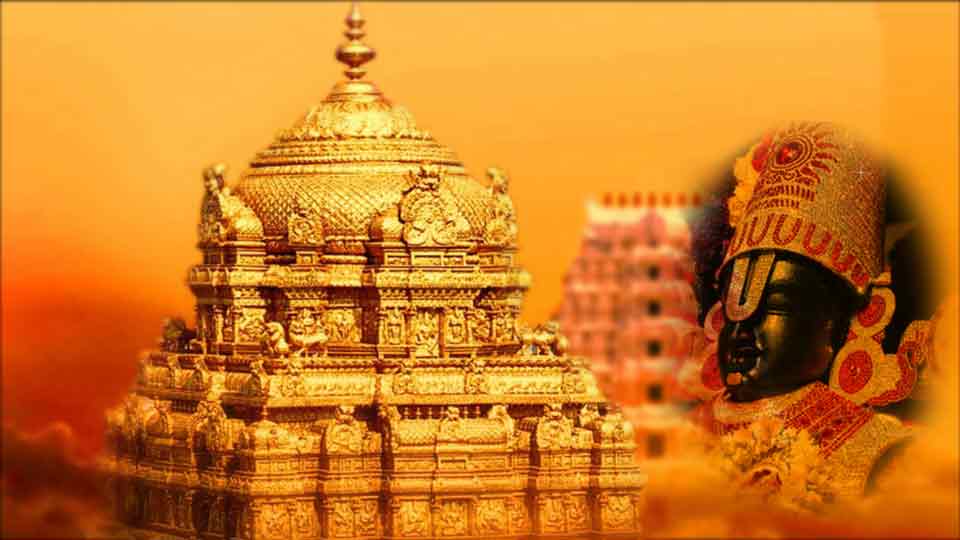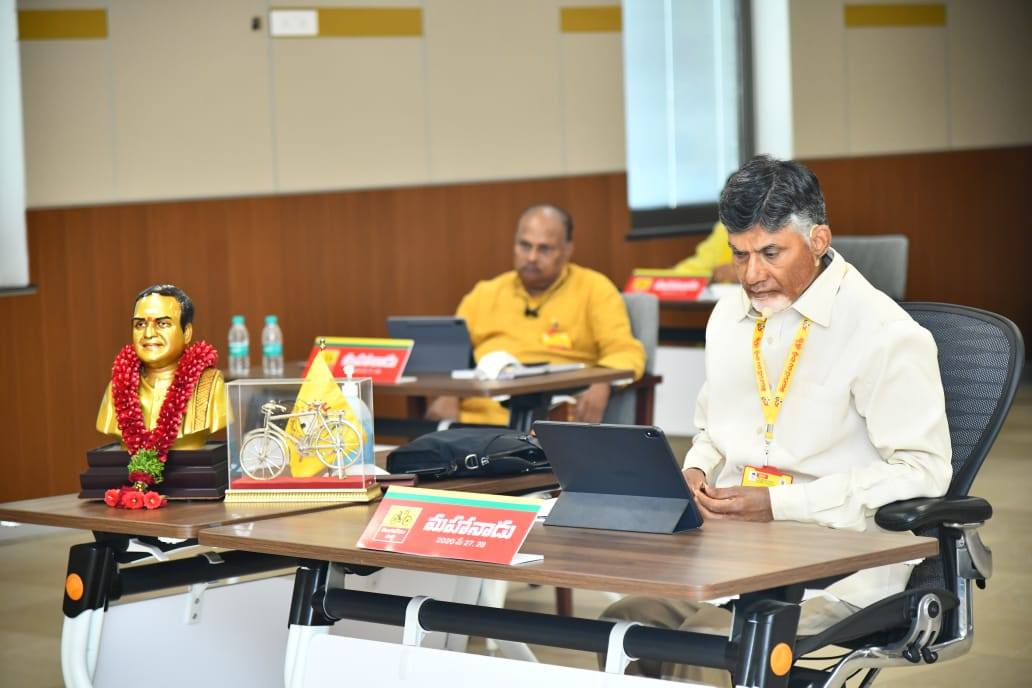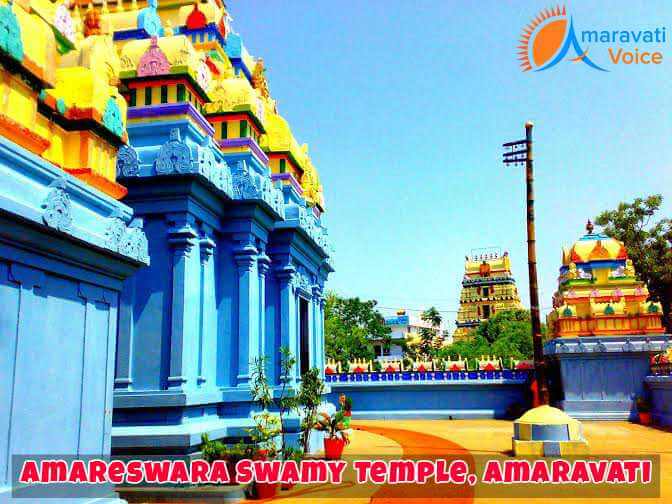
Summary: In India, temples are considered holy places and particularly, when they have historical connection, the deities are considered to be highly powerful.
As most of us would have experienced, temples bring us good vibrations and even you might have experienced that your mind gets calm when you visit holy spots. When it comes to Hinduism, the temples for gods located close to hills or on hill tops and in the banks of sacred rivers are considered holy abodes. The same traditional value is attached to the Amareswara Temple at Amaravati. This temple is rightly located on the banks of the holy Krishna River and with the announcement of Amaravati region as the capital city of the state this temple is now regaining its past glory. The unique feature associated with this temple is that it is blessed with the richness of both Hinduism and Buddhism. You are sure to get a mythological experience when you visit this temple. Let us explore some interesting details about this holy spot.
Other name:
This temple is otherwise referred to as Amararama and it holds the pride of being one of the five pancharama of Andhra Pradesh. What is Pancharama? This is the term used to denote the five ancient temples for Lord Shiva located in Andhra Pradesh. In these Pancharama kshetras, the lord is worshipped in the form of linga in different names and in Amareswara Temple, the lord is worshipped as Amareswara. In addition, this is also a data kshetra in which the Lord Dattatreya is worshipped.
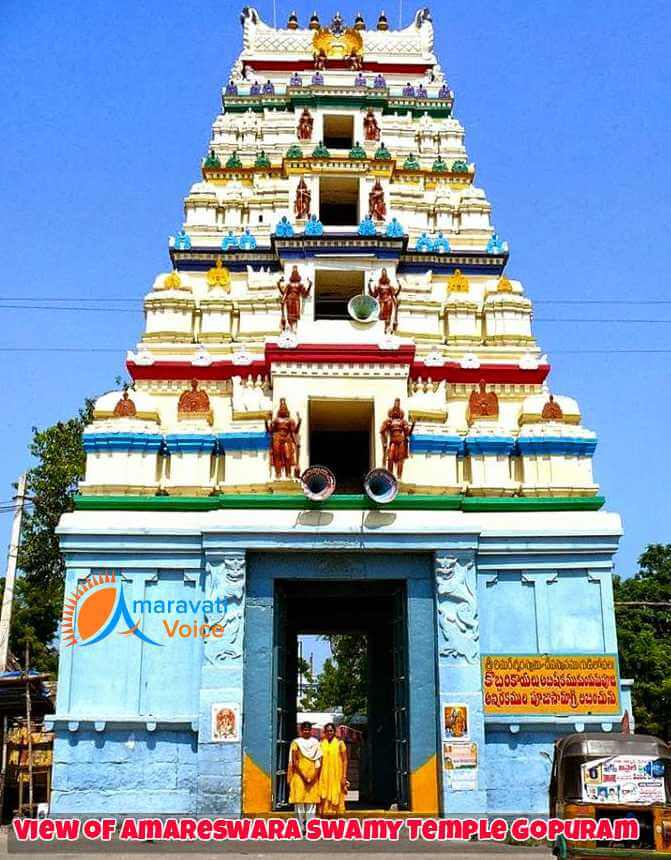
Some interesting facts:
- This temple has many aspects that showcase the Dravidian style of architecture and it is surrounded by gopuras on all four sides.
- In general, rivers flow in west to east direction, but in Amaravati hill, the Krishna River flows in the north-south direction. This is something unique and so it is considered holy and this is the reason why people visiting the temple take a dip in the river before heading to darshan.
- The 15 feet linga for Lord Amareswara is the great uniqueness associated with this temple.
Mythological association:
Many mythological stories surround this temple and the sthala purana states that the devas were highly disturbed by the atrocities of the demon called Tarakasura. So, they jointly performed a prayer towards Lord Shiva. With the prayers of devas, Lord Shiva sent his younger son Lord Subramanya to destroy the demon. When the lord was fighting against the demon, the linga in his throat broke and fell in five different places and these places later turned out to be Pancharama kshetras. The biggest of the five fell in Amaravati and this place turned out to be the Amareswara Temple.
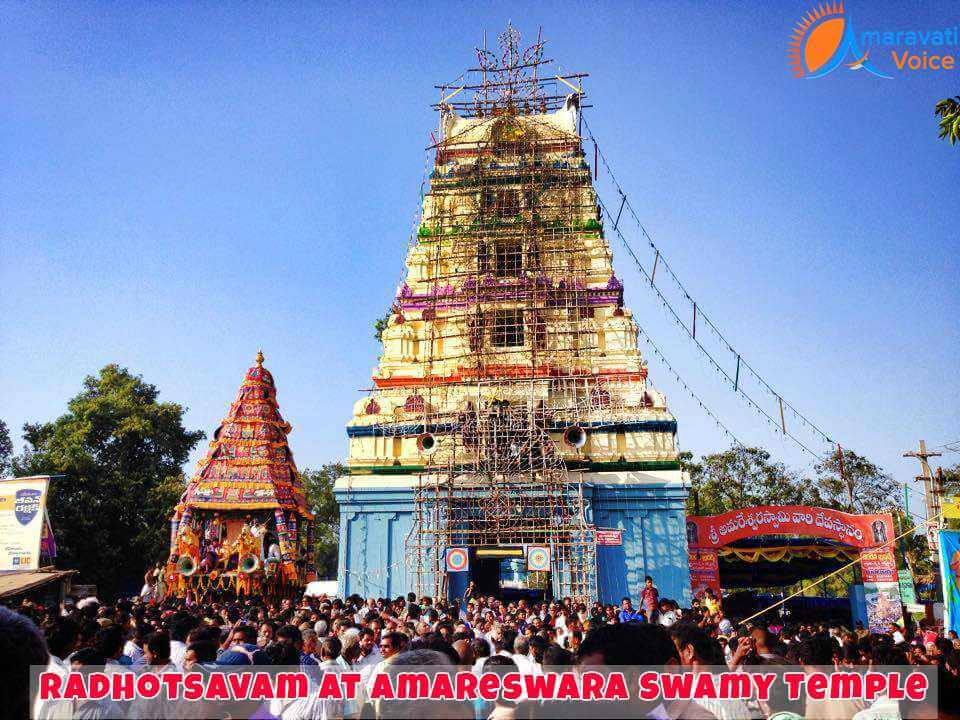
The biggest piece:
The biggest piece of shivalinga, which fell in Amaravati started to grow towards the Sky. To stop the linga from growing the chief of the Devas, Indira embedded a nail on the top of it. A red spot that can be found even now on the top of the linga show cases the blood spot. Towards the end of the dwapara yuga, the shivalinga was installed by the guru of devas, the guru of demons and Indira deva.
Mention in holy books:
Skanda Purana:
This temple has found a mention in Skanda Purana, which talks about the life history of Lord Subramanya. According to this purana, at the end of Dwaparayuga, Saint Narada was requested to show the ideal path for moksha by the Sounakadika munis. The reply they received was that Lord Krishna once suggested rishis to live near the Krishna River and take a bath in the holy water to attain liberation from the birth-death cycle. This is why even today, it is believed that those, who stay near this temple for three days and takes holy bath in Krishna River and worships Lord Amareswara will get salvation.
Kshetra mahatyam:
Most of the holy temples in India have Kshetra mahatyam and this thing associated with Amareswara temple states that demons started to disturb devas after getting blessings from Lord Shiva. So, devas approached the god to help them get relived from the disturbances of the demons. The lord vowed them to kill the demons and till such time devas were known to have stayed in Amaravati.
About the Devasthanam:
There are three circles in the temple campus, which is huge. Here are some details about these three circles:
- The first circle has shrines for Agasteswara swamy, Omkaareswara swamy, Guru Dattatreya, Veerabhadra swamy and mahishasura mardhini.
- The second circle has temples for Lord Krishna, Kalabhairava, Anjaneya, Vinayaka, Subramanya Swamy and Nagendra Swamy.
- To reach the third circle, the devotees will have to take steps to reach the shrines of Mallikarjuna swamy, Kasi Viswanatha Swamy, Pushphadanteswara Swamy and Kalahasthiswarar.
- In the centre of these three circles, there is the Lord Amareswara in the form of linga. Once cannot find the base of the linga as the temple is built in two stories and the base is not visible. The base is believed to stop the flow of River Krishna into the temple.
- To south of the main deity, there is the shrine for Bala Chamudika.
- The walls of the temple have different inscriptions to showcase the rules of different kings in this area.
- The main festivals in the temple are Mahashivarathri, Navarathri and kalayana utsavas are also celebrated every year as the way of honouring and praying the lord for the wellness of the whole world.
Accommodation:
For those, who wish to stay near this holy temple for three days to achieve salvation, they can stay at the travellers’ bungalow that functions under the Public Works department of the state. Of course, there are many other private choultries and hotels to stay near the temple and one can easily reach the temple after having a holy dip at the Krishna River.
The temple can be reached either by road or by boat service operated in Krishna River. It is located at a distance about 32 kms from Guntur, 46 from Vijayawada and 40 from Sattenapalli. Nearest railway station is Vijayawada railway station.








